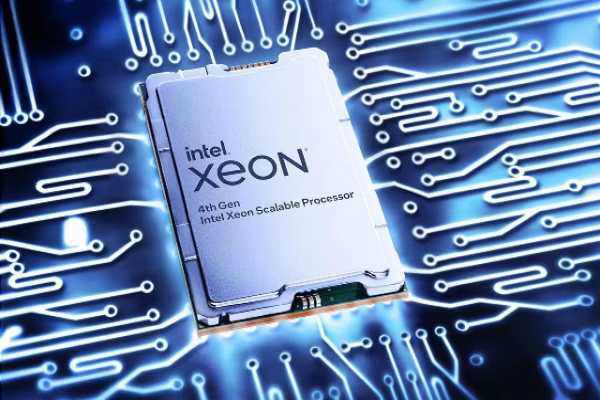Tokyo, Japan: With the help of the Intel Xeon scalable processor NEC has reduced the CPU power consumption of the User Plane Function (UPF) for 4G / 5G networks by more than 30% in a dynamic, near-commercial environment.
By using the Intel Xeon scalable processor telemetry for the UPF’s load determination logic, NEC has enabled the dynamic control of hardware resources in real-time for optimal power consumption. This will help telecommunications carriers to meet their energy consumption and cost reduction goals for 4G / 5G network operations.
The 4th Gen Intel Xeon Scalable processors feature built-in accelerators and advanced security technologies for the most in-demand workload requirements — all while offering the greatest cloud choice and application portability.
The acceleration of 5G, has led to an increased demand for improved UPF performance. As such, the reduction in power consumption has become critical. So far, UPF applications that handle user data traffic often appear to consume 100% of CPU resources.
Moreover, the applications have high energy usage and power consumption as they constantly poll the Network Interface Card (NIC), (i.e. transmit and receive data to confirm processing procedures) regardless of traffic volume. NEC was able to optimize power consumption by dynamically adjusting the Xeon processor usage with real-time traffic in consideration of operations on a commercial network.
Specifically, NEC customised the load determination logic to fit real commercial traffic and implemented the logic in the Data Plane Development Kit (DPDK) that is incorporated into NEC’s UPF. Moreover, NEC established a mechanism for dynamically controlling the hardware resources of the Intel CPU.
As a result, even in an environment close to the commercial network where traffic rates fluctuate and momentary increases in packet volume occur, there is no packet loss while CPU power consumption is reduced.
NEC and Intel have achieved this industry-leading reduction in energy consumption. Going forward, NEC and Intel will continue to develop and co-create technologies aimed at reducing power consumption and achieving carbon neutrality.
“Reducing energy consumption drives tangible business benefits for operators and is key to supporting energy efficient networks in the telecoms industry,” said Patrick Lopez, NEC’s Global VP of Product Management for 5G Products.
“NEC is proud to be leading the way in promoting green networks. We’re working closely with Intel to deliver the cutting-edge innovation that will enable operators to move to a new era of energy and cost efficiency today,” added Lopez.
“Our combined efforts showcase the value of the Intel Xeon Scalable processors’ capabilities via advanced power management software to yield the cost savings and reduced power consumption that operators seek while continuing to meet the performance required to deliver the right 5G experiences,” said Alex Quach, Intel’s VP and GM – Wireline and Core Network Division.
NEC is planning to expand UPF innovation by applying this technology to the user plane processing on RAN and the control plane on the Core / RAN, thereby contributing to the power saving of the entire 5G network.

